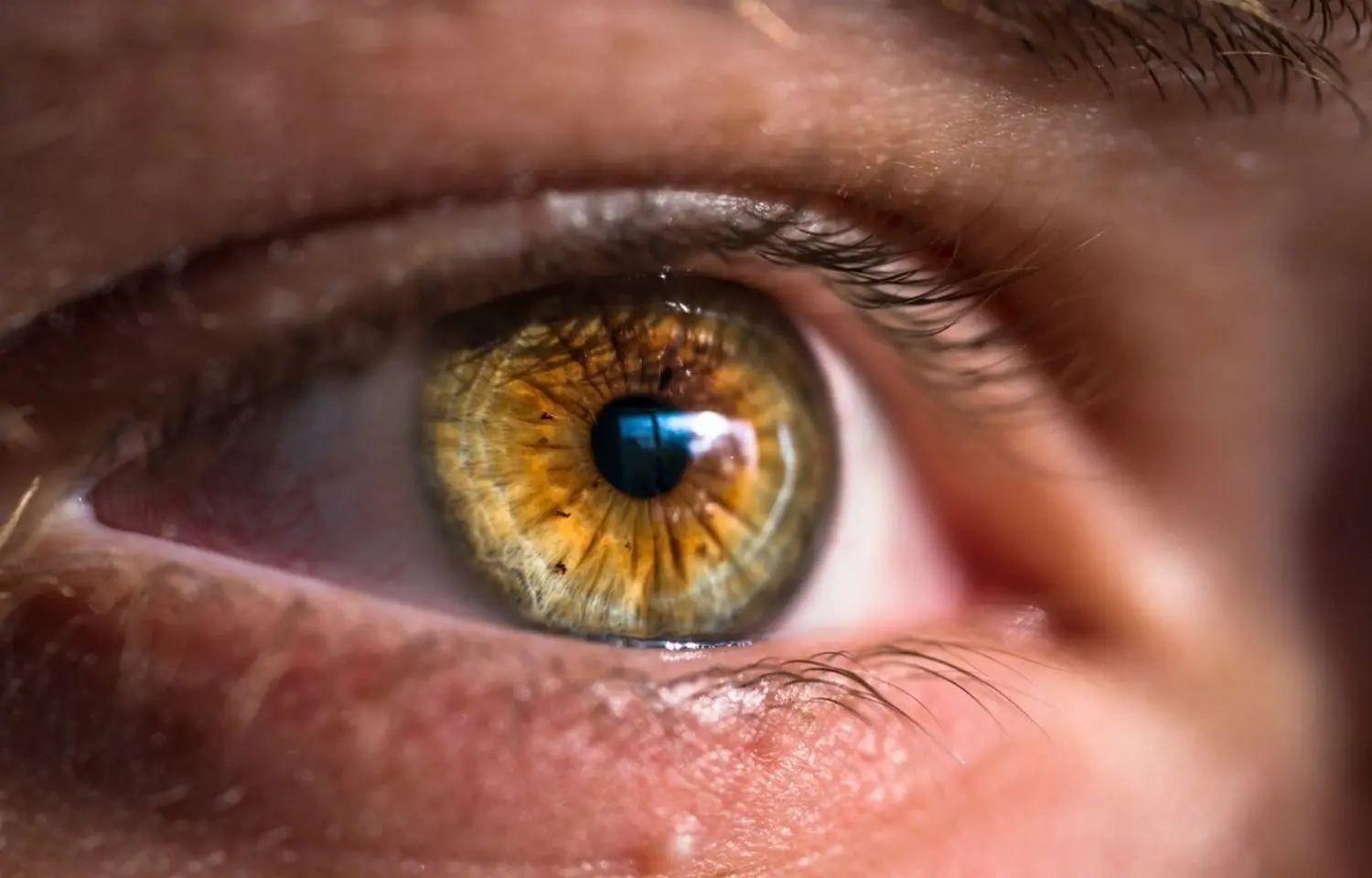- Home
- Medical news & Guidelines
- Anesthesiology
- Cardiology and CTVS
- Critical Care
- Dentistry
- Dermatology
- Diabetes and Endocrinology
- ENT
- Gastroenterology
- Medicine
- Nephrology
- Neurology
- Obstretics-Gynaecology
- Oncology
- Ophthalmology
- Orthopaedics
- Pediatrics-Neonatology
- Psychiatry
- Pulmonology
- Radiology
- Surgery
- Urology
- Laboratory Medicine
- Diet
- Nursing
- Paramedical
- Physiotherapy
- Health news
- Fact Check
- Bone Health Fact Check
- Brain Health Fact Check
- Cancer Related Fact Check
- Child Care Fact Check
- Dental and oral health fact check
- Diabetes and metabolic health fact check
- Diet and Nutrition Fact Check
- Eye and ENT Care Fact Check
- Fitness fact check
- Gut health fact check
- Heart health fact check
- Kidney health fact check
- Medical education fact check
- Men's health fact check
- Respiratory fact check
- Skin and hair care fact check
- Vaccine and Immunization fact check
- Women's health fact check
- AYUSH
- State News
- Andaman and Nicobar Islands
- Andhra Pradesh
- Arunachal Pradesh
- Assam
- Bihar
- Chandigarh
- Chattisgarh
- Dadra and Nagar Haveli
- Daman and Diu
- Delhi
- Goa
- Gujarat
- Haryana
- Himachal Pradesh
- Jammu & Kashmir
- Jharkhand
- Karnataka
- Kerala
- Ladakh
- Lakshadweep
- Madhya Pradesh
- Maharashtra
- Manipur
- Meghalaya
- Mizoram
- Nagaland
- Odisha
- Puducherry
- Punjab
- Rajasthan
- Sikkim
- Tamil Nadu
- Telangana
- Tripura
- Uttar Pradesh
- Uttrakhand
- West Bengal
- Medical Education
- Industry
OCT may help Diagnose and Prognosticate Retinal Degeneration in patients with Wilson's disease

Wilson's disease (WD) is an autosomal recessive disorder caused by mutations in the ATP7B gene, which leads to the deposition of copper in the liver, brain, cornea, and other organs. WD is a treatable disorder, however, if left untreated, it may lead to permanent disability and even death. Hepatic, neurological, and neuropsychiatric variants are the common clinical presentations seen in WD.
The ophthalmic manifestations of WD include the presence of the 'Kayser–Fleischer' (KF) ring in the cornea and the development of a premature cataract, typically described as the "sunflower cataract." While the KF ring results from the abnormal accumulation of copper within the Descemet membrane of cornea, the sunflower cataract is caused by the deposition of copper under the lens capsule. Recently, studies have identified copper deposits and their sequelae in the retina and optic nerve using electroretinography and anterior segment optical coherence tomography (OCT). OCT is a technique used to obtain cross-sectional images of different ocular tissues with high resolution (1–15μm). Using long-wavelength light beams, different layers of ocular tissues can be separated to perform three-dimensional volumetric measurements.
A recent article published in Annals of Indian Academy of Neurology by Bhattacharya et al reviews 16 patients with WD who underwent OCT at their hospital during follow-up visits. They performed Spectral-domain OCT in all subjects to assess the thickness of macula and retinal nerve fiber layer (RNFL) and the data was compared with 14 healthy controls. The thickness was measured at the perifovea for all layers except the outer nuclear layer with the photoreceptor layer (ONL + PRL) which was measured at the center of the fovea. The measurements were made in the macula as a whole and also in the nasal, temporal, superior, and inferior quadrants separately. The thickness of the ganglion cell and inner plexiform layer complex (GCIP), the inner nuclear layer (INL), the outer plexiform layer (OPL), and the ONL + PRL were separately measured.
They found significant differences in the macular thickness specifically in the GCIP and ONL + PRL layers between the patients and controls. Moreover, the correlation analysis revealed a significant association between the clinical variables (duration of disease, GAS-WD score) and OCT measurements (macular thickness and RNFL of the superior and inferior quadrants).
The results of the study demonstrated that patients with WD had significantly lower intraocular pressure in both eyes and lower RNFL thickness as compared to healthy controls globally.
They also found that the macular thickness was reduced before RNFL thickness in the early disease which may suggest that RNFL thinning is a relatively late occurrence in the natural history of WD. Hence, the evaluation of macular thickness could be an earlier biomarker for WD.
OCT can be used as a non-invasive tool to study the retinal changes in patients with WD and is useful for the estimation of the degree of neurodegeneration, monitoring of therapy, and prognostication. The thinning of the GCL and OPL may serve as markers for the progression of the disease or efficacy of the therapy in WD.
Reference:
Amitabh Bhattacharya, Albert Stezin, Nitish Kamble, PM Mohammed Shereef, Bakula Kashyap, Pramod Kumar Pal Retinal degeneration in patients with Wilson's disease: An OCT study in Asian Indian Population Annals of Indian Academy of Neurology, Vol. 25, No. 5, September-October 2022 DOI: 10.4103/aian.aian_865_21
MBBS, DrNB Neurosurgery
Krishna Shah, MBBS, DrNB Neurosurgery. She did her MBBS from GMC, Jamnagar, and there after did direct 6 Year DrNB Neurosurgery from Sir Ganga Ram Hospital, Delhi. Her interests lie in Brain and Spine surgery, Neurological disorders, minimally invasive surgeries, Endoscopic brain and spine procedures, as well as research.
Dr Kamal Kant Kohli-MBBS, DTCD- a chest specialist with more than 30 years of practice and a flair for writing clinical articles, Dr Kamal Kant Kohli joined Medical Dialogues as a Chief Editor of Medical News. Besides writing articles, as an editor, he proofreads and verifies all the medical content published on Medical Dialogues including those coming from journals, studies,medical conferences,guidelines etc. Email: drkohli@medicaldialogues.in. Contact no. 011-43720751


